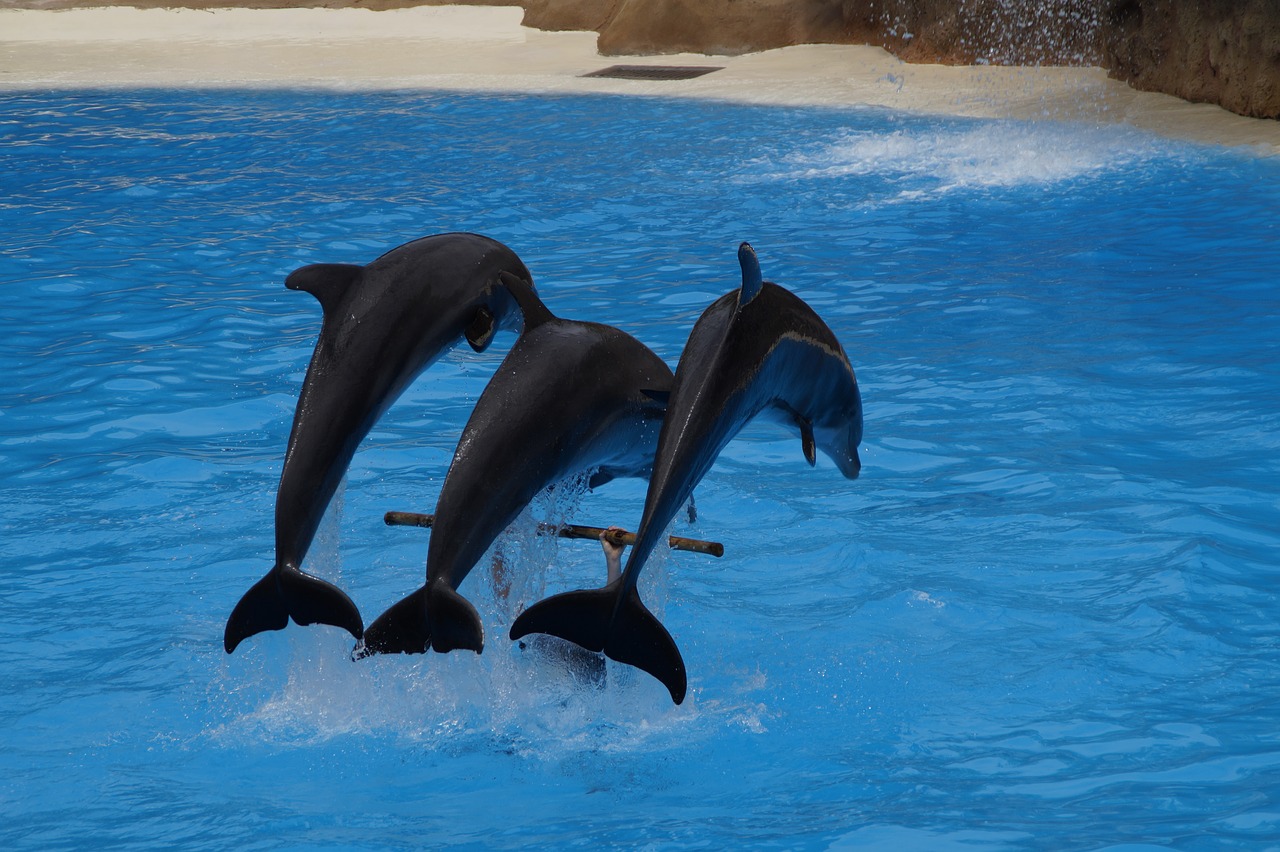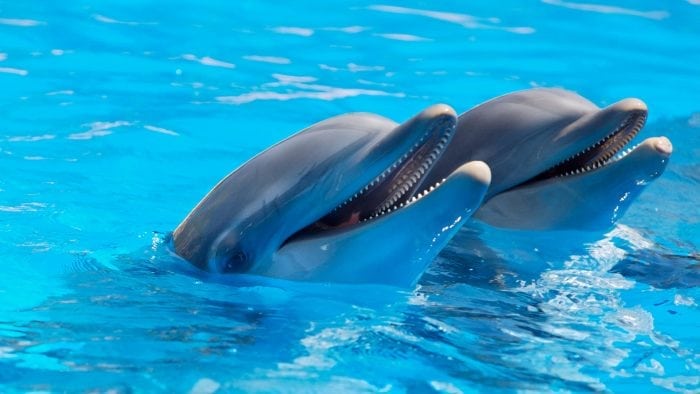
You may wonder are dolphins mammals and the answer is yes, dolphins are mammals. They are warm-blooded, child-bearing, produce milk, and require air to breathe just like humans.
To understand the world, we classify everything around us to create hierarchies, structure, and sense. These classifications allow us to understand the relationship between species, groups, and complex systems.
Scientific classification of the biological world is our way of classifying species based on their biological, morphological, other characteristics that help to define them as part of a particular group.
Classifications are important because they are used to tell us a lot about the species. We can understand their ancestors and how they evolved into what they are today. We can understand how they relate to current organisms and how closely compatible they are.
For instance, humans and other primates shared a common ancestor a long time ago. However, enough time has passed that these other primates remain our cousins with zero reproductive capability. In contrast, lions and tigers share a common ancestor and they have a minimal reproductive capability (ligers or tigons).
When we look at terms like fish or dolphins, we have a general idea of what those groups include. However, they are vague and generalized terms that contain many exclusions which might otherwise fit into these terms. We consider these groupings to be paraphyletic, which is a loose grouping term that does not adhere to the strict structure of taxonomy.
What Is Paraphyly?
Paraphyletic groups are those that stem from a common ancestor and excludes certain subgroups that also stem from this common ancestor. The individuals selected from the paraphyletic group share certain qualities that unite them while those that are excluded may have similar qualities but contain additional traits that cause their exclusion.
Paraphyletic groups are contrasted by monophyletic groups, which stems from a common ancestor and includes all subsequent members of that common ancestor. Polyphyletic groups include members that are unrelated to each other but share a common ancestor.
Paraphyletic groups include Pisces, which is a group consisting of ray-finned fish and their common ancestor while excluding any of the terrestrial descendants of the common ancestor. Other groups are monkeys, reptiles, and lizards.
Fish
As a paraphyletic group, fish includes all things that contain gills, live in water, and contain a backbone. Within this group, a large amount of diversity can be seen. We have fish that are covered in scales (like salmon) or fish that are worm-like and slimy (like eels). There are whale sharks, which are the largest of the fish.

Credit: Pexels
There are fish that are transparent, can conduct electricity, and contain many other features that would seem out of place. Because of the world is covered in mostly water, fish is one of the largest paraphyletic groups and contains the most amount of species within it.
Many fish are ectothermic (cold-blooded) so their body temperatures depend on the water temperature.
Fish are also among the oldest group in the world because the world was covered in water for a very long time and life is thought to have started there. Also, fossil records of fish indicate that what we consider fish is thought to be over 500 million years old.
A consequence of fish being a paraphyletic group is that understanding their evolution is difficult. We have to look at the evolution of species (like the common ancestor) instead of looking at the entire group. This means that more work is involved in understanding the origins of this group along with other paraphyletic groups.
Despite the very vague definition, fish contains many exclusions that separate them from other subgroups. The group excludes all tetrapods, despite that tetrapods started out in the water. For instance, fish does not include amphibians.
Amphibians are tetrapods belonging to the class Amphibia. They generally start out life in the water, having backbones and gills…this is the general definition of what a fish is. However, as they grow they eventually develop lungs and are capable of being on land. These particular features of having lungs and living on the land are exclusion factors for the grouping of fish.
Dolphins
As many of us know, dolphins are aquatic mammals with a lung that needs air to breathe. This generalized definition of a dolphin means that they can include many different aquatic mammals like whales or porpoises. However, the dolphin is a paraphyletic group that includes some species belonging to the order Cetacea. It excludes whales (to a certain extent) and porpoises.
Dolphins are generally characterized by their streamlined bodies and two flippers that make them agile creatures of the sea. The most common dolphin is the bottlenose dolphin, which gives us the traditional view of what a dolphin can look like.
Because the dolphin group includes about 40 different extant species, there is a certain amount of diversity within the group. There are dolphins that live in the rivers, oceans, and sometimes a hybrid of the two. There are species capable of diving at great depths and others that can outfight whales.
While dolphins are many things, they are are also mammals. This means that they are not fish. As we mentioned, fish excludes all tetrapods from its grouping. Despite the exclusion, many dolphins share similar characteristics with many fish species.
For instance, sharks and dolphins are somewhat similar with their agile nature, streamlined bodies, and adept hunting capabilities. Because they share a common ancestor and have similar features, sharks and dolphins can be considered a polyphyletic group. They have evolved similar characteristics via convergent evolution, which is simply that non-related species may develop similar characteristics because of the similar environmental pressures they face.
So while not a fish, dolphins can be grouped together with certain fish for the purposes of understanding things like environmental pressures that drive them to appear similar to each other.
While fish and dolphins are both informal ways of classifying groups of species, they do allow us to understand the boundaries between groups and to develop ways of learning about them and protecting them.









